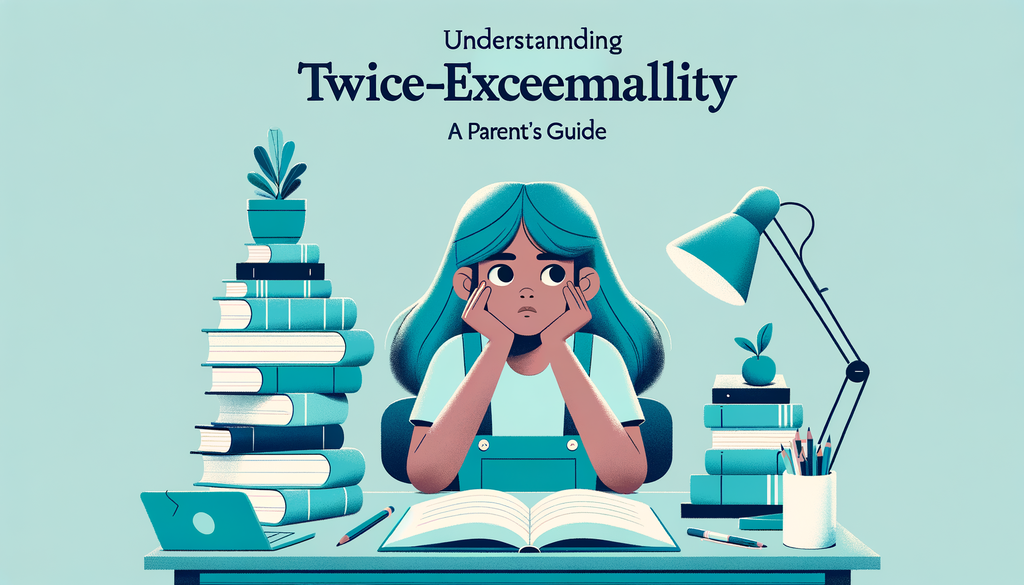Understanding Twice-Exceptionality: A Parent's Guide

Understanding Twice-Exceptionality: A Parent’s Guide
Twice-exceptionality (2e) is a term often baffling many parents and caregivers. It describes a unique group of gifted children who have exceptional abilities and challenges at the same time. Such children may excel extraordinarily in certain areas but struggle in others due to disabilities such as ADHD, learning disabilities, or autism.
In this post, we shall delve deeper into the realm of twice-exceptionality, and equip you with effective strategies to support your twice-exceptional child.
What Does Twice-Exceptional Mean?
Twice-exceptional (2e) children are those who demonstrate high intellectual, creative, or artistic abilities and also cope with learning disabilities or differences. These children can be exceptionally gifted in math, science, humanities, or art while struggling with dyslexia, ADHD, autism spectrum disorders, or physical disabilities [^1^].
It’s a unique conundrum, as these children don’t fit into our typical understanding of what it means to be either “gifted” or “disabled.” In fact, their high abilities may mask their disabilities, or conversely, their disabilities may hide their abilities. This ambiguous nature of 2e often leads to misdiagnosis and missed opportunities for appropriate support. For more on early signs of giftedness, consider our post Recognizing Giftedness in Young Children
Challenges Encountered by Twice-Exceptional Students
Twice-exceptional children face unique challenges. They often have difficulty fitting into traditional classrooms since they require more advanced material or a different pedagogical approach, yet they may also need assistance with organizational skills, focus, or social understanding.
They may also have feelings of isolation, anxiety or lower self-esteem due to their differences, and these emotional and social struggles can contribute to behavioral challenges. For handling emotional outbursts, consider our post Managing Meltdowns: Strategies for Parents.
Strategies to Support 2e Children
Understanding and supporting a 2e child requires a balance of enriching their strengths while addressing their weaknesses. Here are some strategies to consider:
-
Individualized Education Program (IEP): An IEP ensures that a child’s unique learning needs are met by specially designed instruction [^2^]. An IEP is beneficial for 2e children as it accounts for both their giftedness and their disability. Read our guide on the Understanding the IEP Process for a detailed understanding.
-
Enrichment Activities: Encourage your child’s talents through enrichment activities that further stimulate their creativity and intellect. Find some ideas in our blog post on Enrichment Programs for the Gifted Learner.
-
Therapeutic Support: If your 2e child struggles emotionally or socially, consider seeking therapeutic help such as counselling or occupational therapy. Learn about Therapy Options for Diverse Learners.
-
Community: Connect with other parents of 2e children to seek advice, share experiences, and reduce feelings of isolation. Find out how to locate and engage with support groups in our post Finding the Right Community for Special Needs Families.
Remember, your 2e child, like all children, needs to be seen, respected, and valued for their individual abilities and struggles. Avoid comparing them to their peers or siblings, and instead, celebrate their progress and unique journey.
Join us next time as we discuss ways parents can educate themselves and become better advocates for their child’s unique needs.